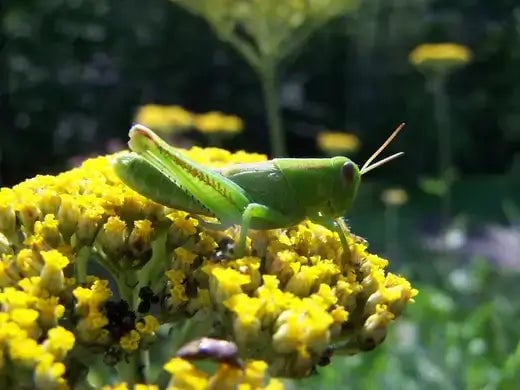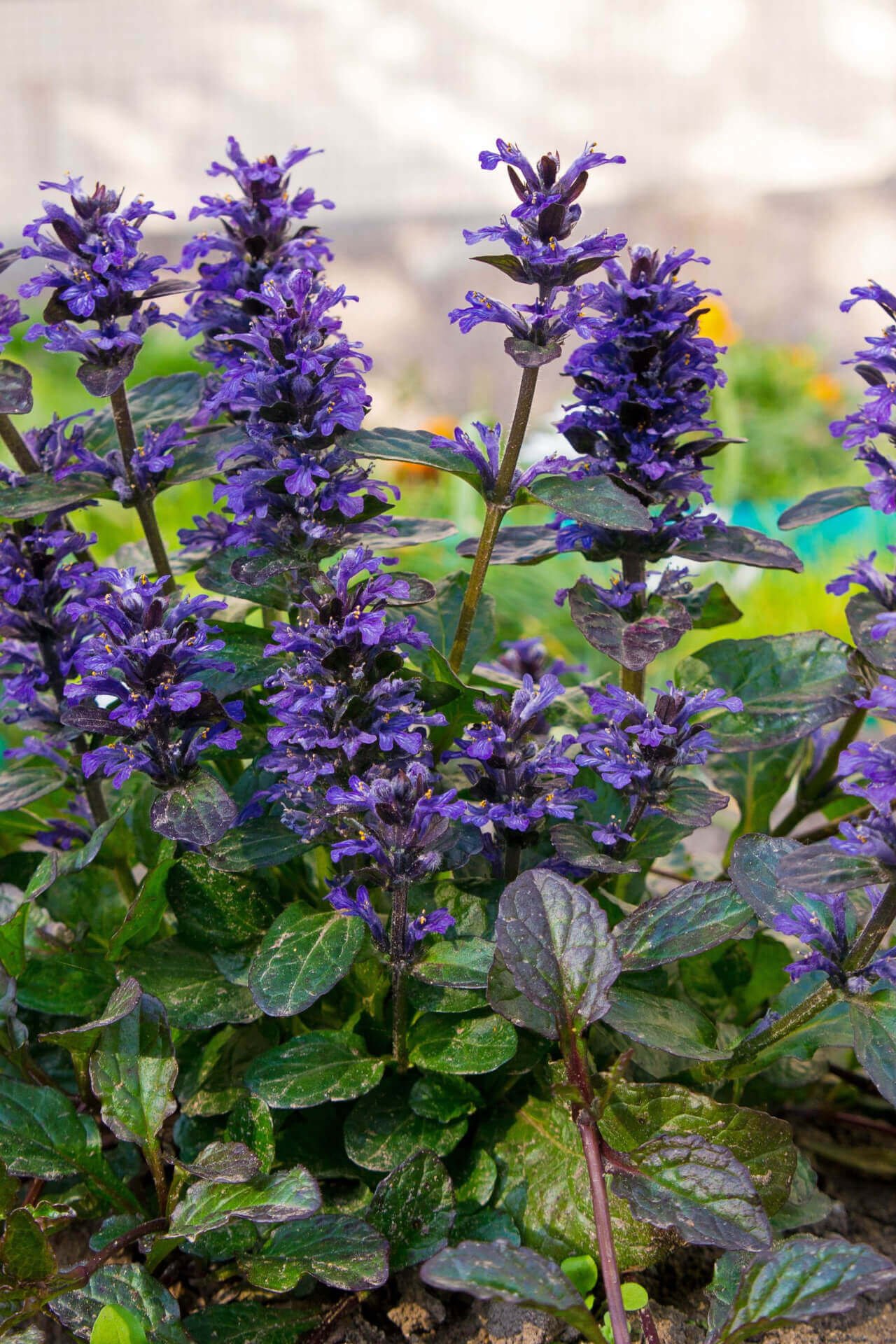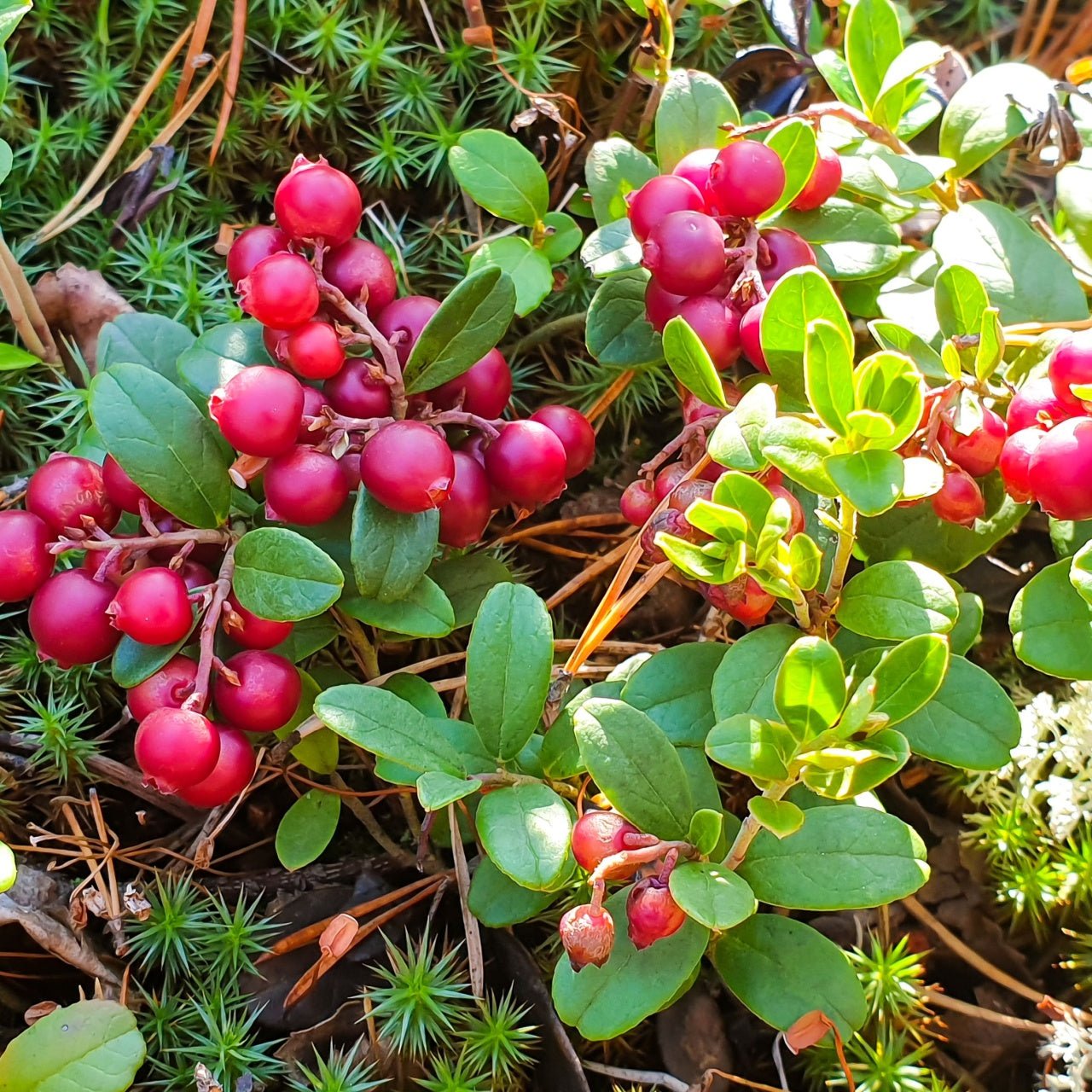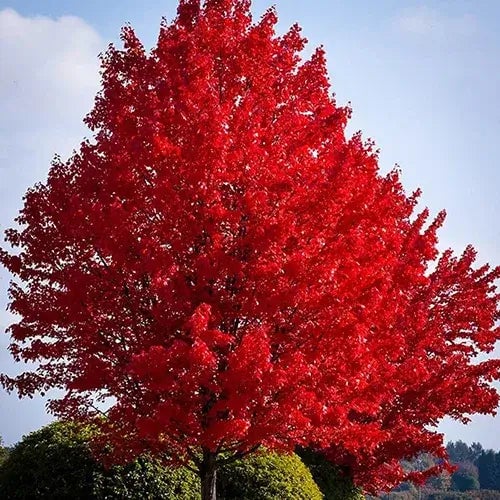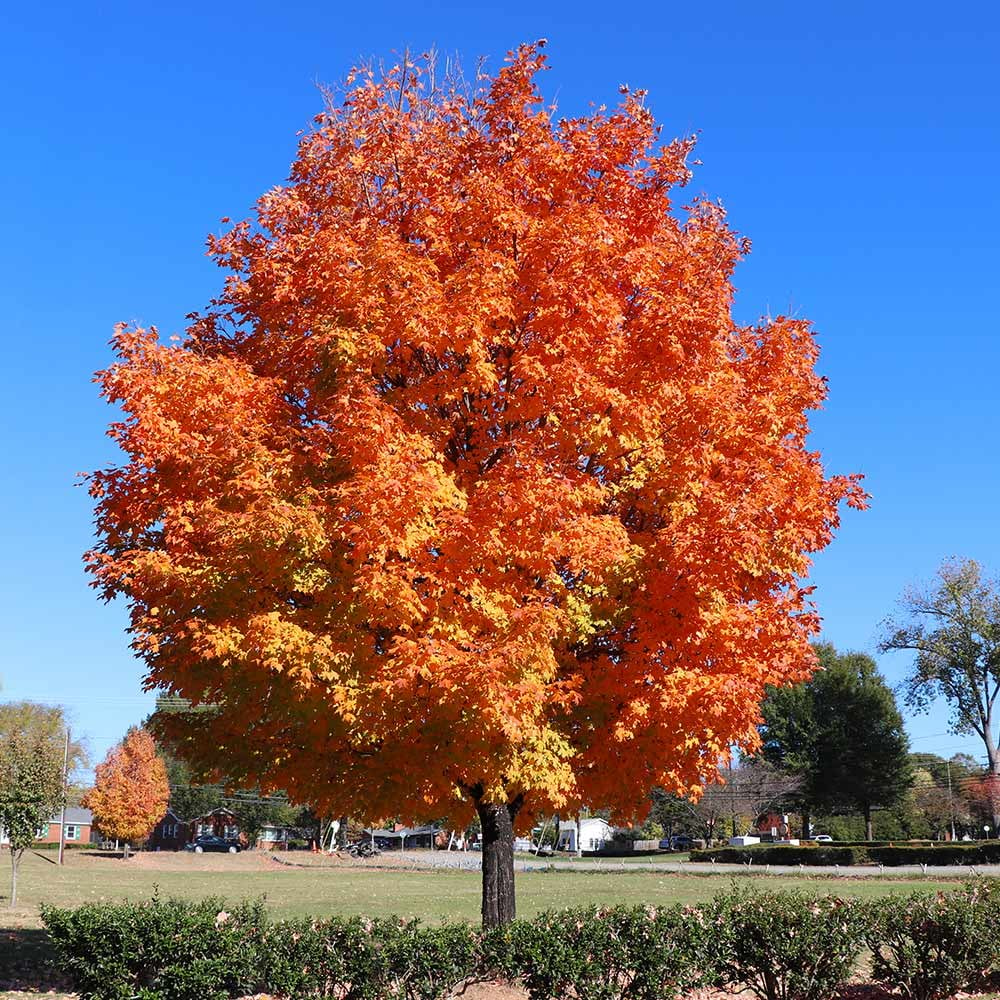There are many insects and pests that can be easily spotted in a garden.
Some are good for the plants and some feed and breed on them. Knowing about these insects and pests is very important so that you can take necessary measures to control them accordingly.
Some of the common insects that you can find your home garden amongst the plants are-
Grasshoppers: Grasshoppers are among the insects which mostly feed on corn and alfalfa. However, if this plant is not available they also feed on other green plants. Grasshoppers eat up to the weight of its own body and can feed for about 15-16 hours a day. The best way to keep grasshoppers away is by spraying insecticides like Malathion, Nosema locustae and Carbaryl (Sevin).
Aster Leafhopper: Aster leafhopper is another insect which carries bacteria with them throughout their entire life. If aster leafhoppers are present in the garden, it is important to remove them as soon as possible. They tend to infect many flowers and vegetables with serious diseases. They can infect the plants with a harmful disease called 'Aster yellow.' They infect plants like marigold, lettuce, carrots, onions, beet and many more. The simplest way to avoid this disease from damaging your plants is to remove the aster leafhopper from the garden.
Leafcutter Bees: The leafcutter bee can be easily identified by its body structure. They can also be identified by the semi-circular and circular cuts on leaves of a plant. These bees cut a part of the leaf and carry it to its nest to later feed on. The female leafcutter bees can sting which can be painful as well. People use nets and cloth to prevent these bees from harming the plants, as most of the insecticides and repellants are not very effective from keeping them away.
Squirrel and Raccoon: These animals create a lot of nuisance in the garden especially if you have a water garden you would find raccoons creating havoc by trying to catch fish from the pond. Squirrels tend to eat nuts from the trees planted and also chew up electric wires making a mess in your garden. There are solutions which sometimes work to keep these animals away. Using cage and traps could help you catch these animals and leave them somewhere far off a few of them may return if left close by.
These are a few insects and animals that can create problems in a garden. It is important to get rid of them so that the plants and trees in your garden are not damaged.
You can find more information on insects and pests that are harmful to your garden on the internet and magazines.
Buy state-certified plants at a reputable garden nursery.
TN Nursery's best-selling plants and trees
Read more
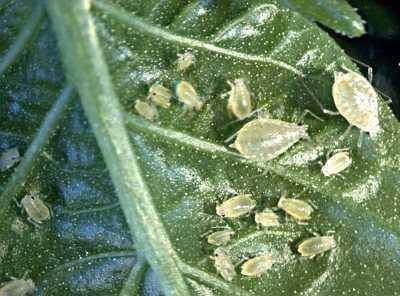
Plants growing in your garden have a danger of being attacked by insects and pests. TN Nurseries best selling perennials Poppy plants Blue Lobelia Virginia Bluebells Tri...
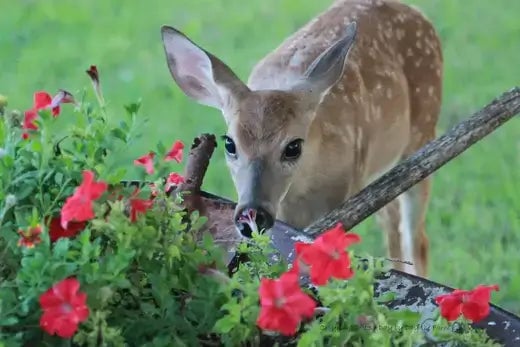
Deer are very selective in their eating habits, and they devour their favorite plants and shrubs. They can cause moderate damage in the gardens depending upon the deer population in the area and th...
Family Owned and run with pride
Nestled in the heart of Middle Tennessee, TN Nursery is a proud family-owned business rooted in tradition, quality, and a deep love for plants. For generations, we’ve been dedicated to providing exceptional service and building lasting personal connections with gardeners, landscapers, and nature enthusiasts across the country. Our mission is to make planting and gardening more accessible, enjoyable, and rewarding—whether you’re a seasoned horticulturist or just starting your first flower bed.
We specialize in expertly grown native plants, perennials, shrubs, trees, and ferns that thrive in a variety of climates. Every plant we offer is carefully nurtured on our farm to ensure strong root systems, healthy growth, and long-term success in your landscape. From vibrant evergreens to colorful blooms and ground covers, we offer an expansive selection to help you create the outdoor space of your dreams.
At TN Nursery, we believe in more than just selling plants—we’re here to help you transform your garden into a place of beauty, sustainability, and joy. Our knowledgeable team is always available to answer questions, offer guidance, and share tips to ensure your planting experience is a success. Join our growing family of happy customers and let us help you bring your garden vision to life.


